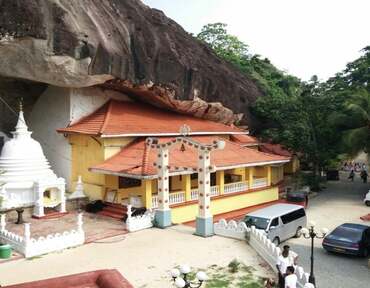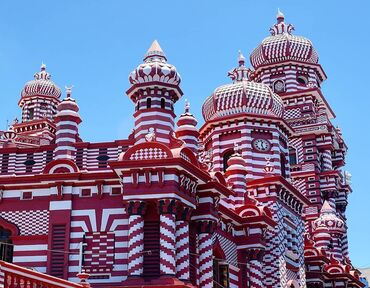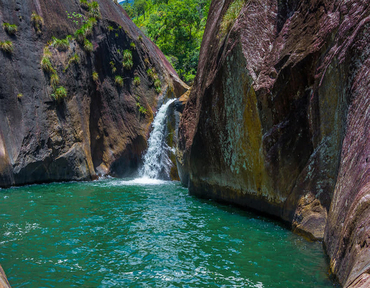


Ancient geographical milestones ate the most veritable sources of historical knowledge and wonders of Sri Lanka. Amongst such milestones, the Maniyagama Rajamaha Viharaya holds an immeasurable amount of artistic, architectural, historical and geographical value. In the historical folklore the Maniyagama was a linking junction of ancient Anuradhapura Kingdom and the Western region of Sri Lanka, and even the geographical deposition aside, the Maniyagama Rajamaha Viharaya itself is the most significant in its inception by King Valagamba and the later years the renovation by King Keerthi Sri Rajasinghe. Historically it played a pivotal role in not just as slinking road junction, but also as a strategic military stronghold, proven by the role this destination played in the battles between Seethawaka and Kotte Kingdoms as well as the Kingdoms resistance against Portuguese. Above all these historical values, the natural and Environmental features of the destination had added breathtaking attraction via curved roads, forest ceilings, outside and out of reach from unending urbanization, thus maintaining the nature value bestowed on the land to great extent. The architectural designs only added more prominent features to the land giving the mysterious quality people seek in a destination that has been a central point of many wars in the past. The Kandyan style roofing, long verandas, granite pillars, the makara thorana, the mural arts, ceiling, walls and shrine arts given the place exterior ambience that suitable for the destination.

Spiritual tranquility is a rare phenomenon in the busy streets of Colombo city, yet standing tall spreading the soothing praying sounds and spiritual tranquility is the architectural wonder of Islamic religion the Red Musjid. Built in early 20th century, the red Musjid is one of the finest arts in Colombo with theme in red and white stripped painting to its architectural designs. As the mixture of Indu-saracenic, Indu-saracenic, Indian, gothic and neo-classics well as the British Colonial architectural styles, the red Musjid has various names denoted to its beauty; such as , Rathu Palli, Samman Kottu Palli, Red Mosque. The inspiration for this religious architecture was the pomegranate fruit. With the pomegranate as its base shape, the domestic, ceilings, harem windows the wooden carvings of pillars, the bright chandelier eventuate the shrine's profile.

One of the most active and attractive waterfall in Sri Lanka is Pahanthuda Ella which has a continuous rich source of water. It is rather small waterfall compered with other waterfalls yet hence more water and a relatively a large pond of its own. The name was given due to the shape of waterfall and a way cascades, which looked like a lighten lamp where the small flame is what compered to the water flow due to the rural and hard accessibility and the literal forest reserve near by, the Ruhukanda forest, the accessibility is limited and unpopular with relatively large bio diversity supporting the eco - system. The waterfalls lays in the land of Handugalla.

The Victoria Memorial Building (eye ward) was opened in 1903 as part of the National Hospital of Sri Lanka. The Building was built in commemoration of the Diamond Jubilee of Queen Victoria in 1897 and has followed the Indo Saracenic architecture. The use of red bricks and the arches is the fond works of Edward Skinner, the architect